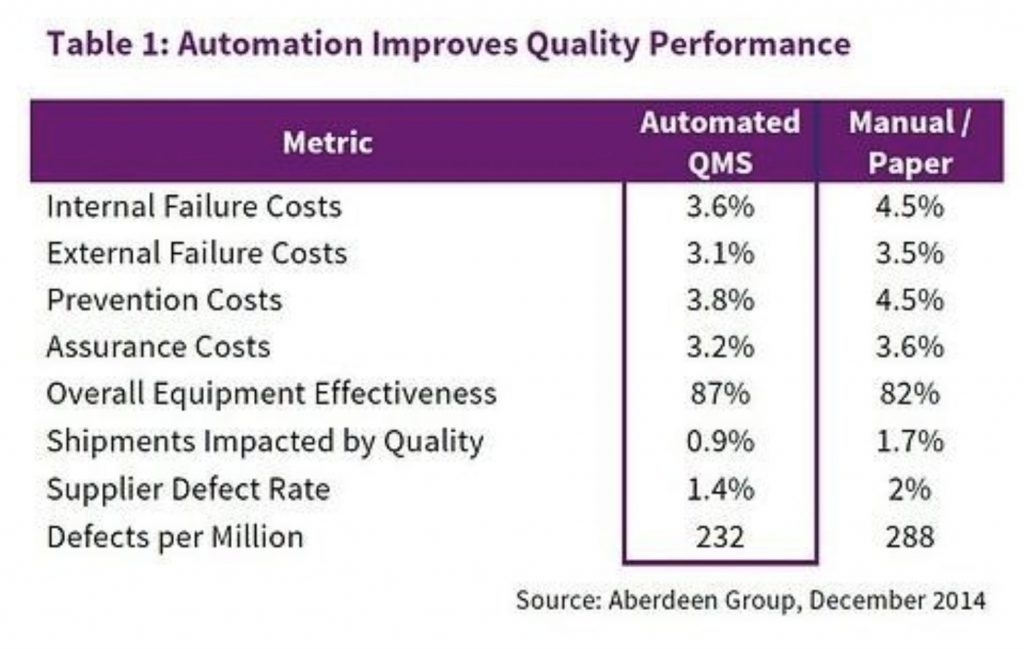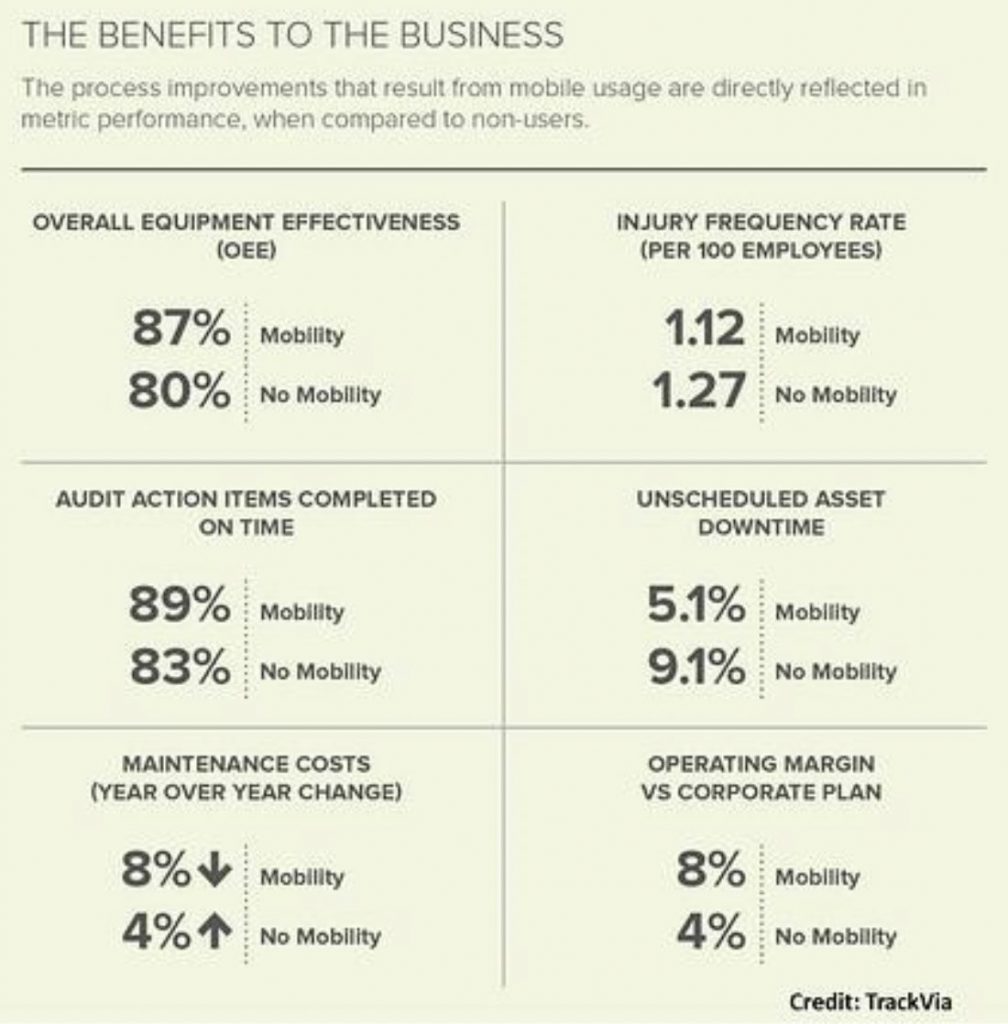Quality control in many industries is still very often a highly manual process that affects both the safety and the quality of the products produced.
This blog analyzes the following:
- What are the main drawbacks of manual quality controls?
- How mobility can make a difference
- How much can a business that eliminates paper and pencil, really benefit?
- Tips for adopting similar technologies
Usually when a process is established, it is considered risky to try to change it. However, in the field of Quality Control, it is time to make some big changes. While other areas such as research, product design, manufacturing and supply chain automation have grown rapidly in recent years. Quality control is still very often a highly manual process that affects both safety and quality.
Manual quality control procedures suffer from FOUR main drawbacks:
- Lack of Real-Time Decision Making: The paper-based approach means that information is difficult to circulate. The data collected by someone working with paper and pencil in one area of production will not be available in other parts of the same production, nor in any part of the general chain. Not only is this data unmanageable, but causes delays when decision making which can potentially be costly due to waste of resources and poor customer satisfaction.
- Accuracy and Reporting: Paper and pencil (or even offline spreadsheets) suggests a greater chance of error, as all data recorded is based on the accuracy of the employee doing the recording. Even small percentages of recurring errors usually cause great damage to companies, but the problem is heightened by the fact that non-automated reporting takes time to reach decision makers. Even the reports themselves present more errors, as the transfer of data from paper is also subject to human error.
- Lack of Visibility: Lack of real-time access, inability to generate automatic reports, and higher error rates lead to a lack of visibility. Complex production processes consisting of multiple sites or different processes, can not be made more productive and efficient when management is weighed down by manual processes.
- Training and Improvements: The data collected, analyzed and reported in a centralized and structured way in real time has additional benefits, alongside decision making. When quality control data is accurate, organized and dynamic, it serves as a powerful educational tool.
The Difference of Mobility:
In the manufacturing Industry, the term ‘mobility’ is based on the following 3 key features:
- Mobile Devices – Devices that can be used on the go to get things done e.g tablets, smartphones or other portable devices, as opposed to a desktop computer which is not located in the production area
- Wireless Connectivity – Wirelessly connecting devices to a central point of data collection and processing. This can be a standalone cloud database, ERP software or even a server located somewhere in the installation.
- Power Autonomy – The ease of portable and wireless communication are very important features, but if the device does not have power – at least not enough to require constant recharging – it becomes a source of inefficiency.
The Differences in Numbers:
But in the end, how much can a business that eliminates paper and pencil really benefit from quality control processes?
The following two images highlight the difference between an automated quality management system and a non-automated system.
Table 1 compares the performance of quality control procedures between companies that use paper/manual systems and those that use automated systems.

As shown in Table 1, all the criteria for the effectiveness of quality controls are improved in the case of the use of automated systems. The statistics suggest that industries with manual quality control tools are at a significant disadvantage compared to their competitors with automated ones.

If we include the ‘Mobility’ factor to the equation (Image 1) , we observe an even greater widening of the efficiency gap between companies that invest in the respective technologies and those that do not. In this case, we see that some indicators that coincide with those of the previous table seem to improve even more due to the possibility of mobility.
The KPIs that stand out are the reduction of technical maintenance costs by 12% and the total utilization of equipment that increases by 7 percentage points.
How Do We Get There:
Before you commit to investing in new software, equipment and training, there are a few steps that are worth taking into consideration:
- Keeping Track of Your Processes – Software and hardware work best when they are designed to improve an existing process. The key is to first gain an excellent understanding of your existing processes. Create a document that explains the process as it is today, this document will be very useful when you start looking for solutions and expert help.
- Seeking Specialization – If you are a small or medium-sized producer, you most likely do not have internally specialized knowledge of process analysis and documentation. Bringing in outside resources or even consultants who know the area of automation and mobility would be wise to invest in.
- Creating a Culture of Change – If you haven’t already, you most definitely should. Most people find it difficult to change their habits and way of working, even if they realize it is no longer working well enough. A good way to ease into this culture of change is to open a structured dialogue process with the installation staff, listen to their problems and their opinion/ views. So when it comes to making decisions for change, you will have allies.
Overall, ‘Automation’ and ‘Mobility’ can be great achievable goals for any company, but it is not essential to change everything all at once. Look at your business, figure out process categories. A good starting point for categorizing is to find the manual work that can gain significant results if improvements were to be implemented.
Many software solutions are modular, in other words means that they are designed to serve different processes and to be gradually integrated into the company. An excellent example of the use of ‘mobility’ technology and application, is the Tekmon Daily Operations solution. This award-winning new technology can digitize quality control processes through the use of mobile devices under any conditions, even offline.

